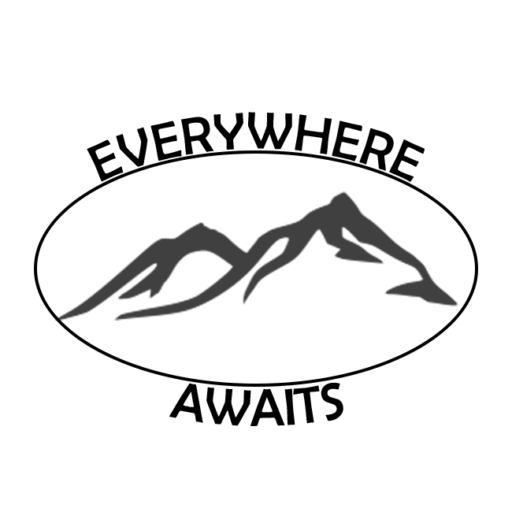Several times as I traveled through the Tibetan areas of Yunnan and Sichuan provinces I was asked what had been my impression of Tibet before I came. I honestly didn’t know how to respond. I knew of the Dalai Lama, knew vaguely of the unrest in the region and the desire for independence from China, but I didn’t know what to think of Tibet and didn’t understand the culture at all.
After spending two weeks in the region, I feel that I still have only grasped the surface of the customs and culture but my appreciation for it is boundless. What struck me the most was the dedication f the people to their religion and customs. Nearly everyone I talked to asked me within the first 5 minutes if I knew of the Dalai Lama, then proceeded to tell me how good he is. Even the cab drivers all had photos of the Dalai Lama hanging from their mirrors and his likeness can be found in all the temples and important sites.

Everyone asked where I was from and were pleased when I said I was from the US. They all said they like the US because we support Tibet and the Dalai Lama. They were happy to tell me about their customs and culture. At my hostel in Litang, several locals were gathered and invited me to sit and have a drink with them. I found it interesting that they would almost never just sip from their drink – instead they would single one person out and cheers by saying tashi-dalek to each other. It made it very social and also very personal, as you would end up clinking glasses with each person multiple times. One of the men was an amazing calligrapher and he showed me photos if his beautiful Tibetan calligraphy work. He explained that they all had deep religious significance, that he would spend a full day just getting into the mindset to create before he would even begin a work.

In Litang I had the opportunity to observe a Sky Burial. It is a Tibetan custom where the body of the deceased is offered to the vultures in a ritualistic ceremony rather than being buried. Tibetan people in these regions believe the vultures carry the souls of the deceased and are seen as angels. I wanted to observe this custom, so outside my own culture, but wanted to be respectful, so I remained far back, However, the people keeping vigil over the rights from the observation area (only very close family and friends stand with the body) motioned my friend and I to join them. They shared out their butter tea with us and even though it was a funeral, there was a certain gladness, a certain feeling of proper rituals offered to the dead. Even there, the man we were talking to asked us if we knew of the Dalai Lama and made sure to show us pictures of him. It was an amazing experience to be included like that in so personal a ceremony.

Although I felt entirely welcome, I could feel the tensions between Tibet and China. I noticed the local people were much more reserved with Chinese tourists, still friendly but not mentioning the Dalai Lama or talking much with them about their customs. When the calligrapher I mentioned was showing me photos of his work, a group of Chinese tourists walked into the room and he promptly took his phone back and changed the conversation. I can understand it though as there has been a lot of tension in the region and it is probably unwise to talk much about Tibetan independence.

It was wonderful to see some of the Tibetan holy places (always lined with bright prayer flags) and to experience some of their customs. I felt very welcomed and included the whole time there. For information on the route I took and the places I experienced, check out my posts on Yubeng, Litang, Yarchen Gar, and Tagong.






